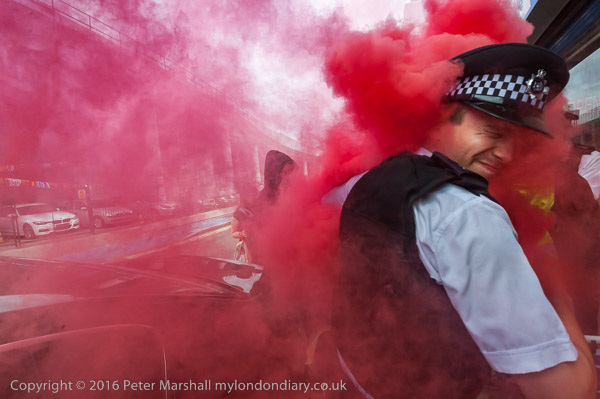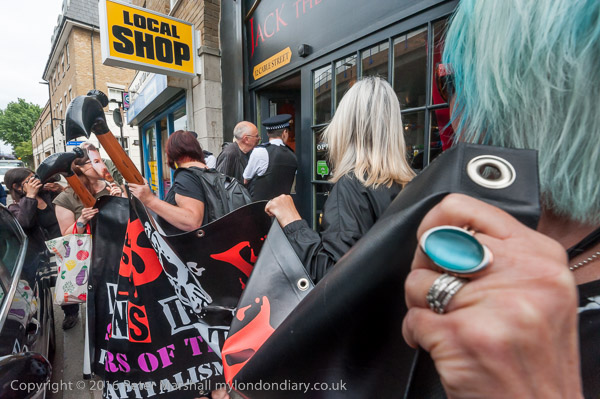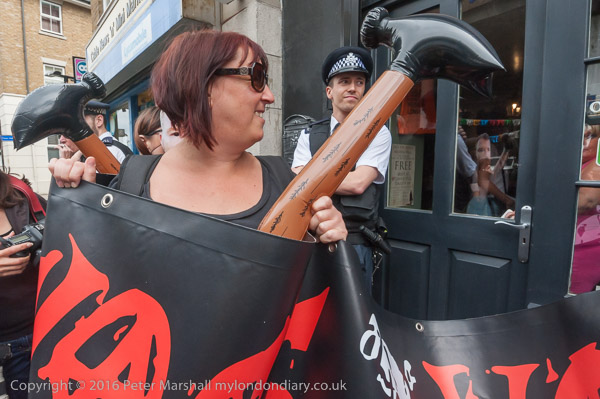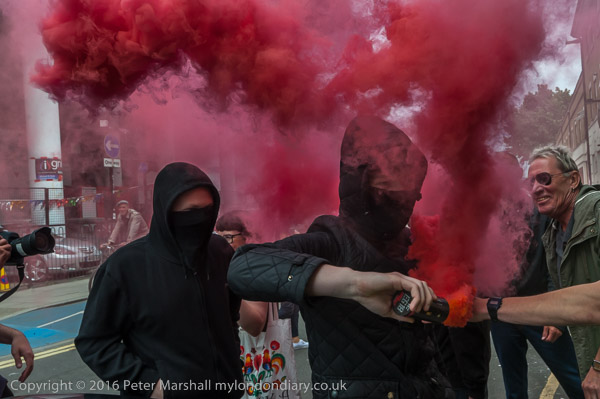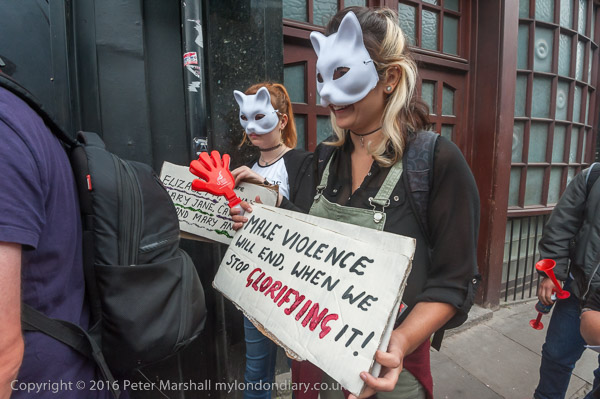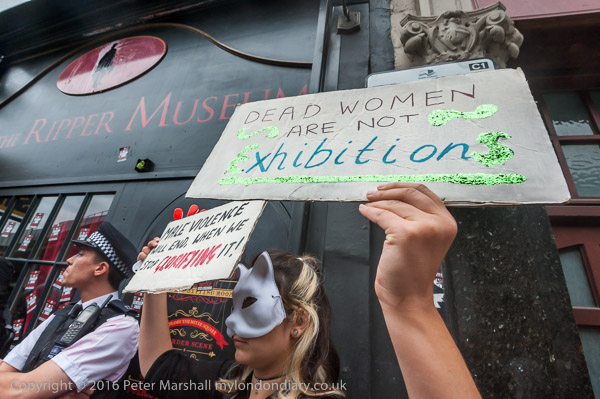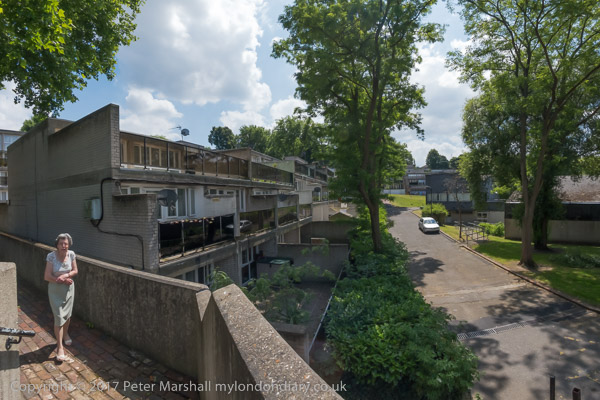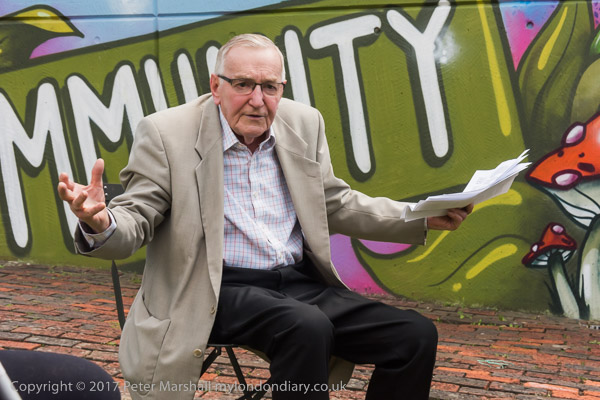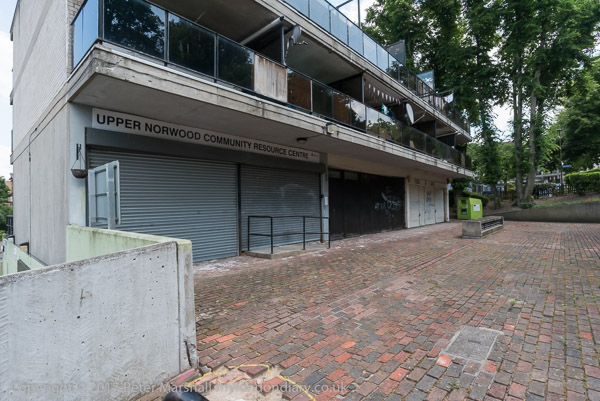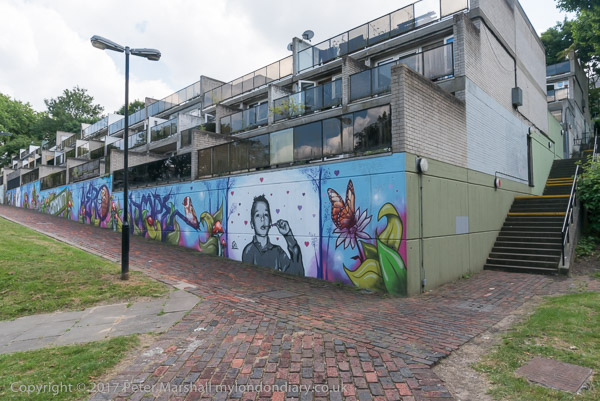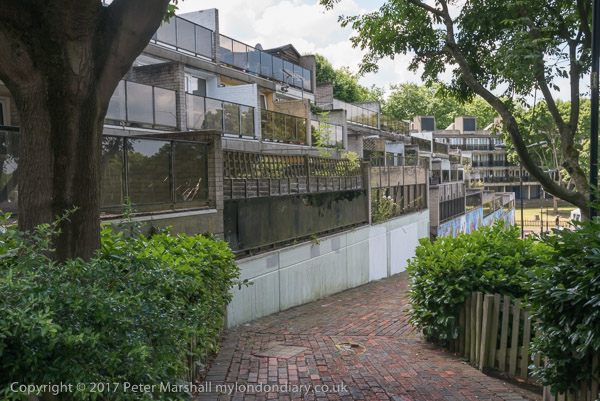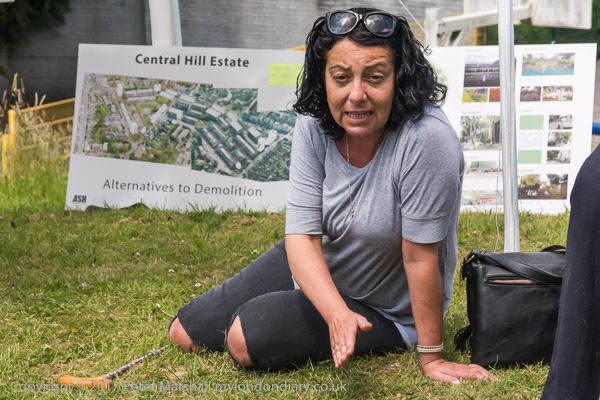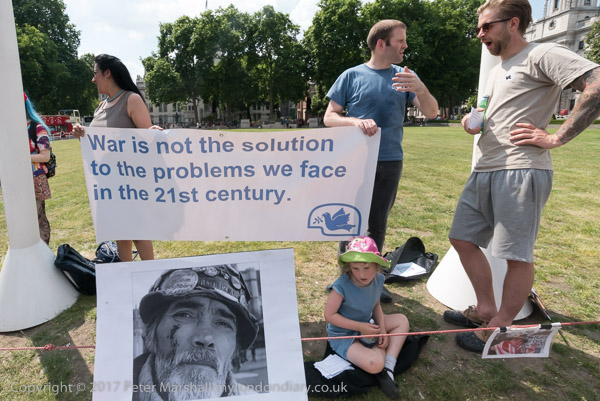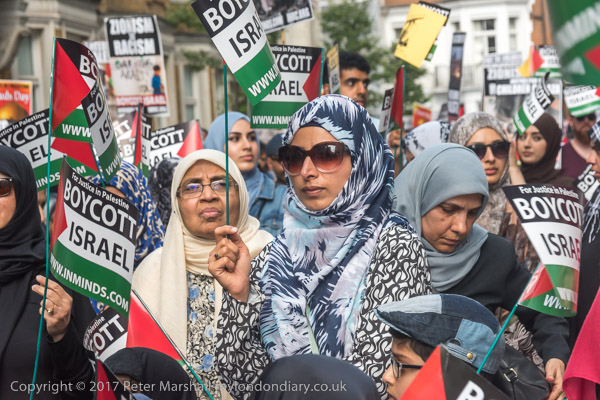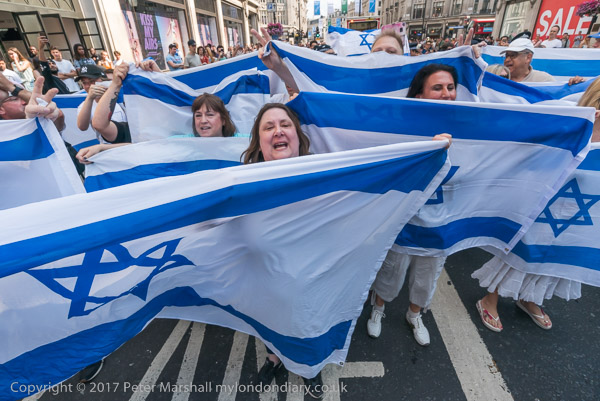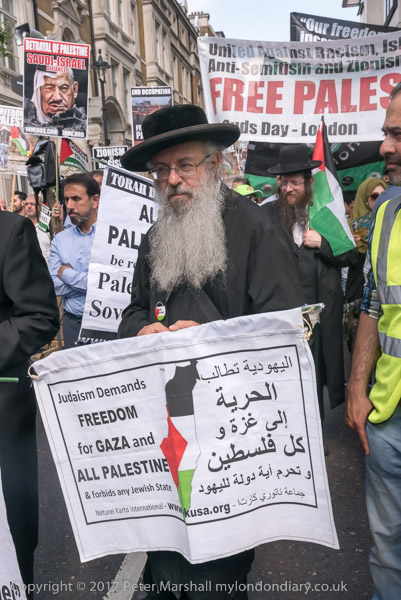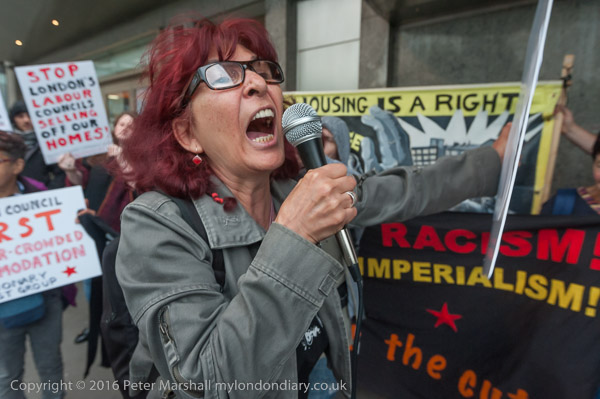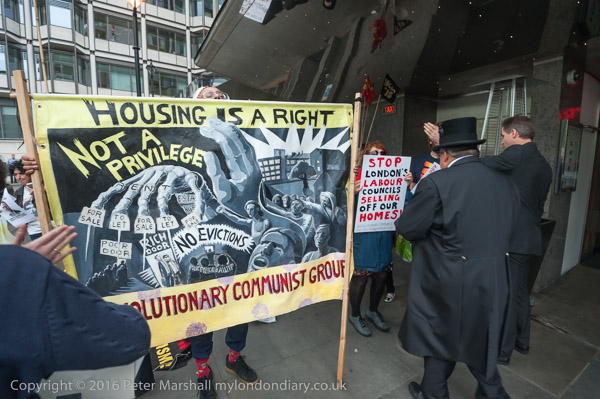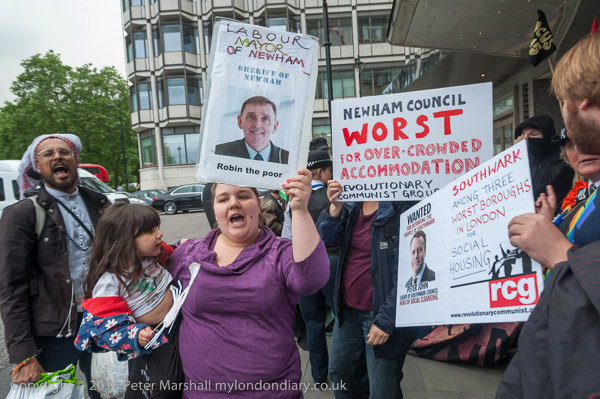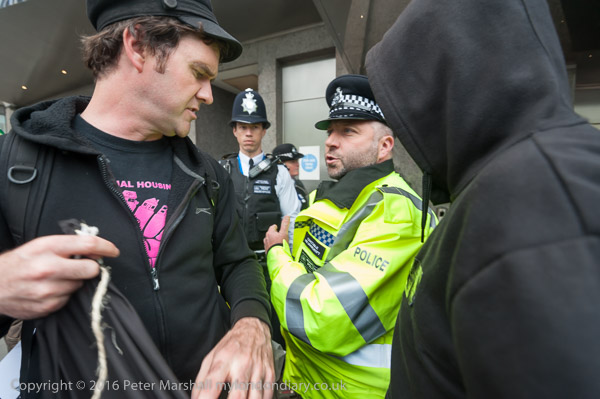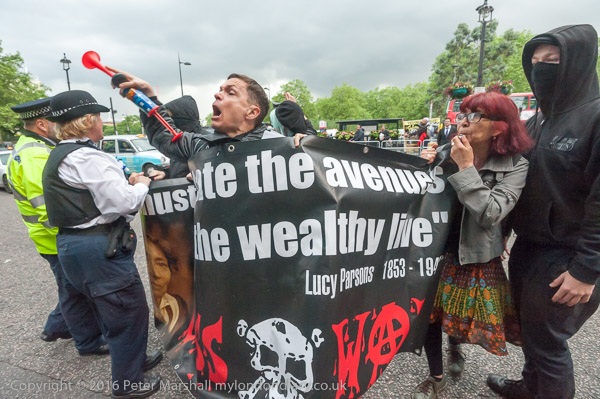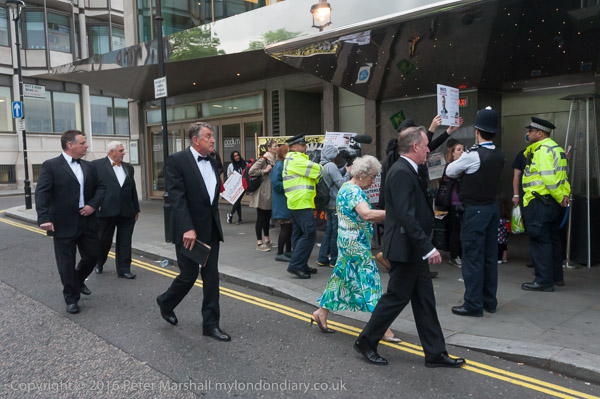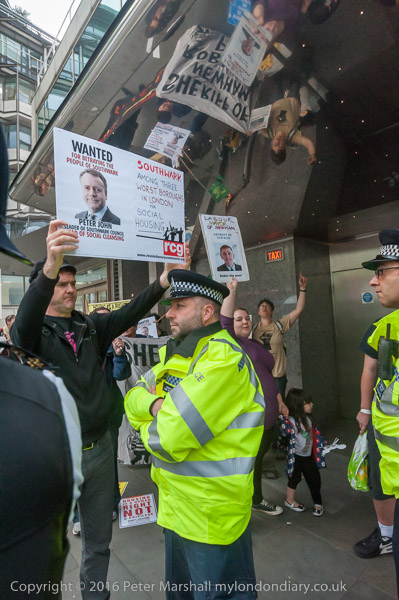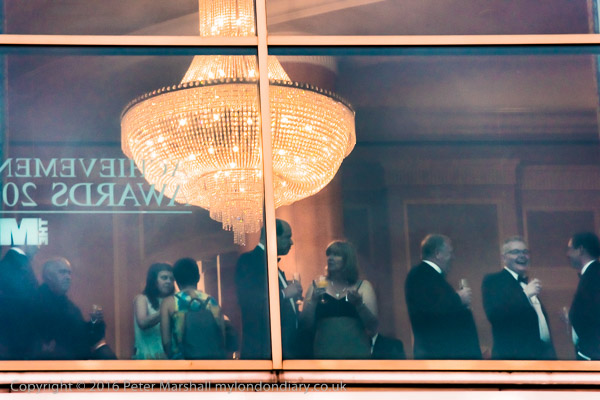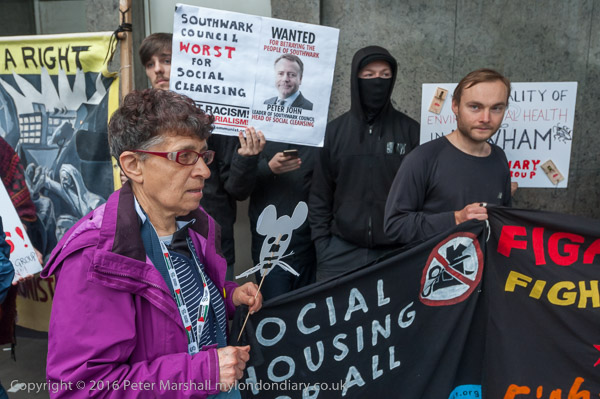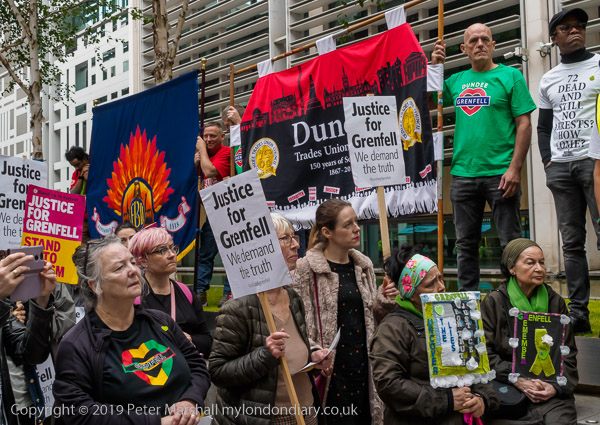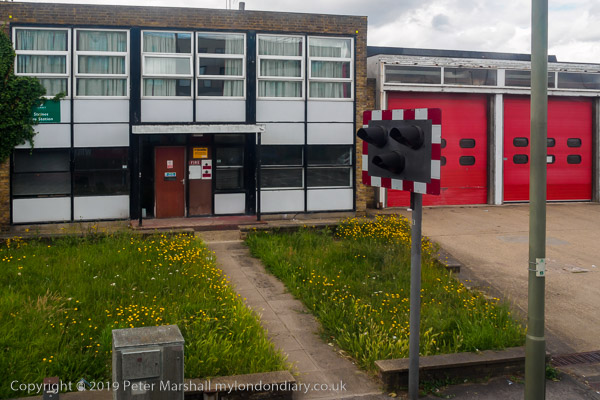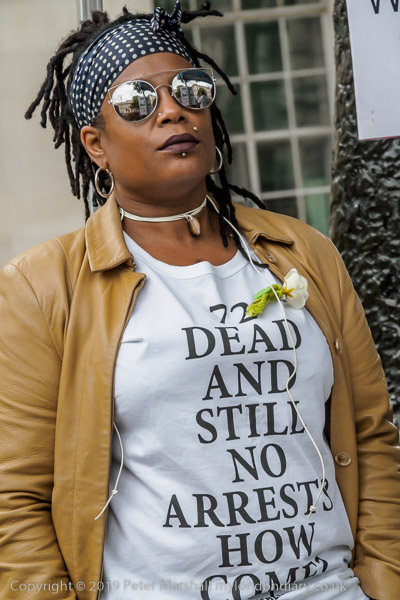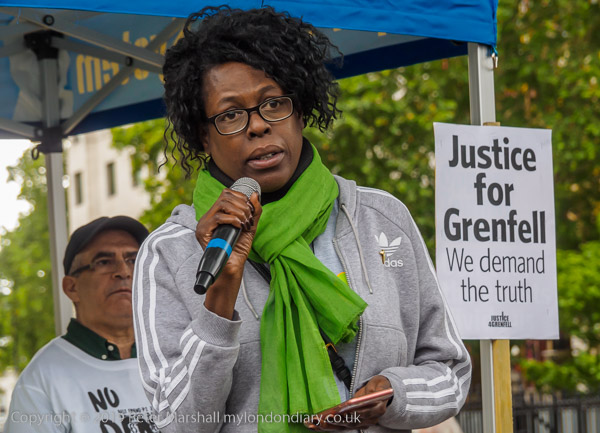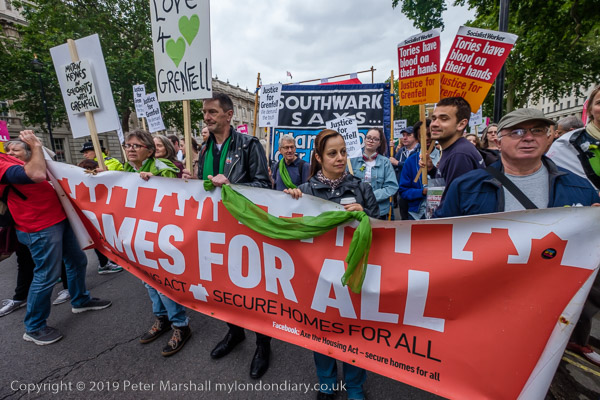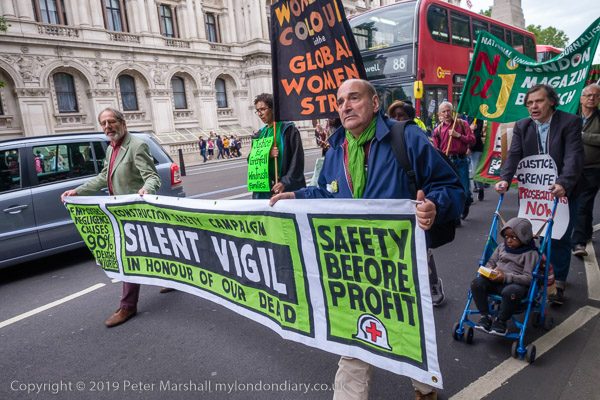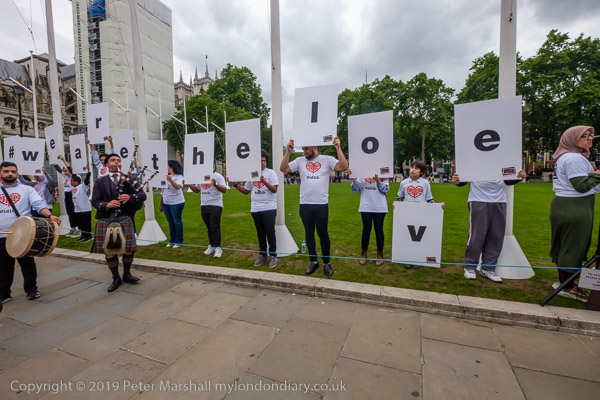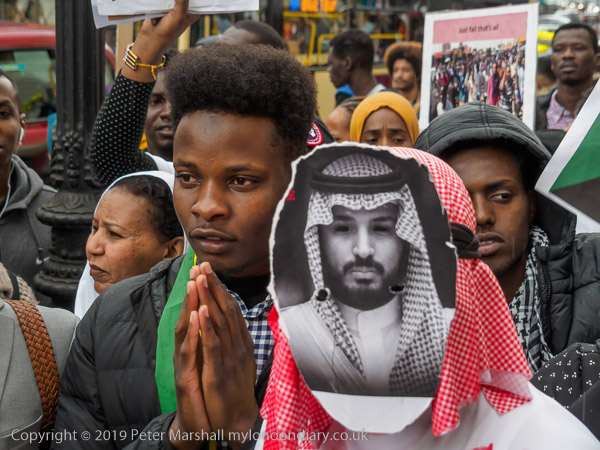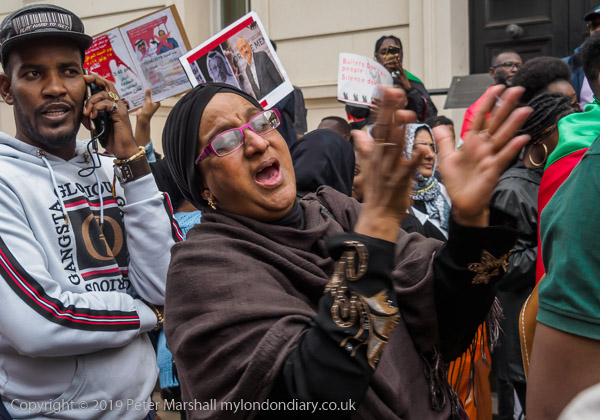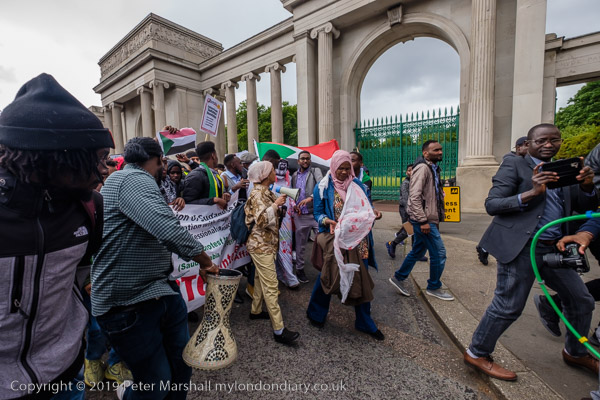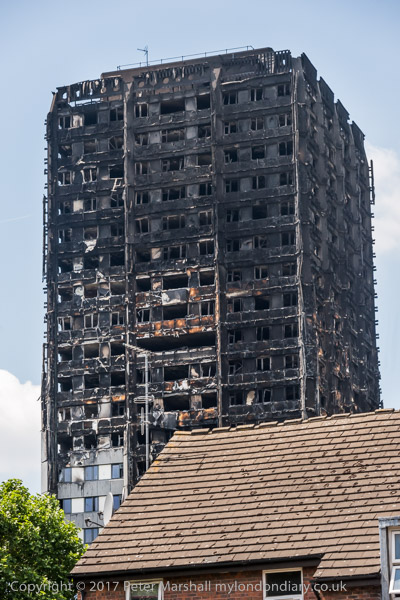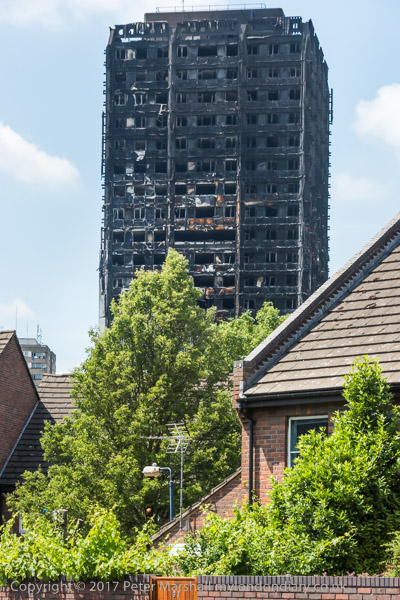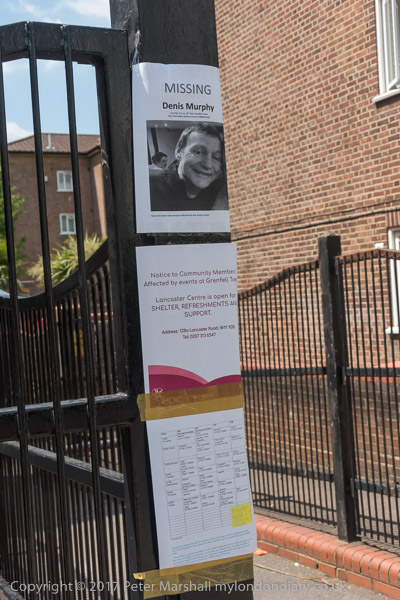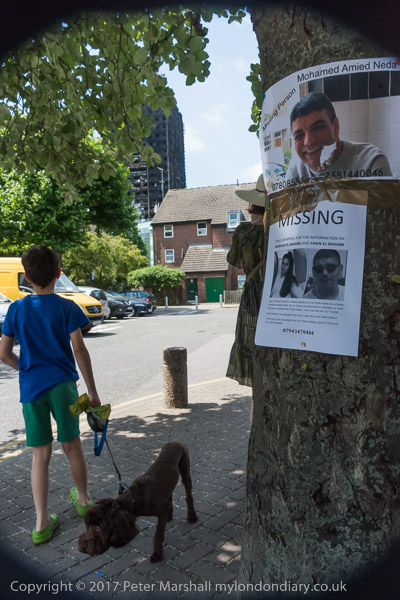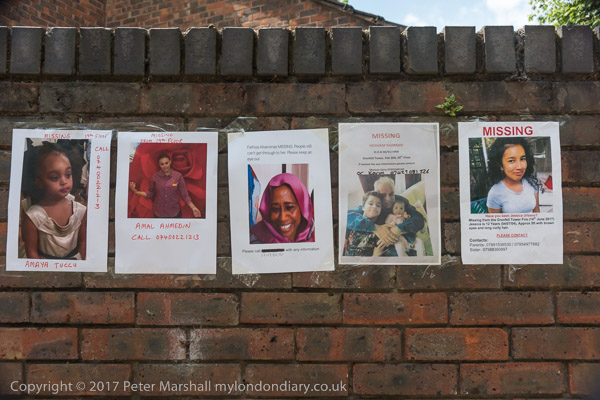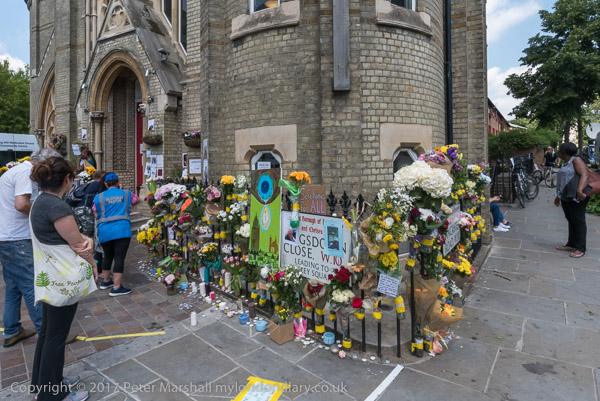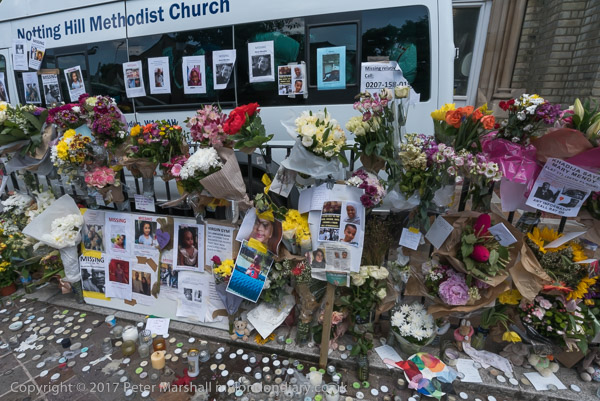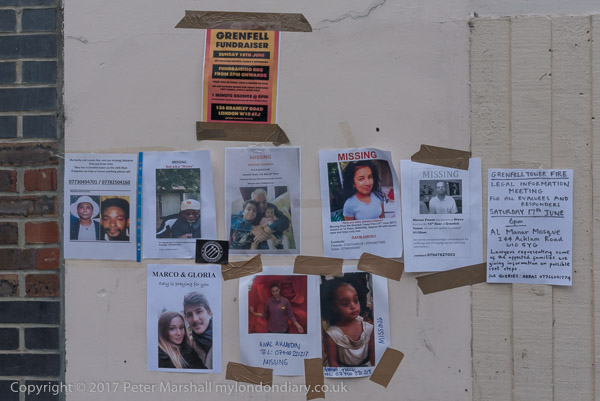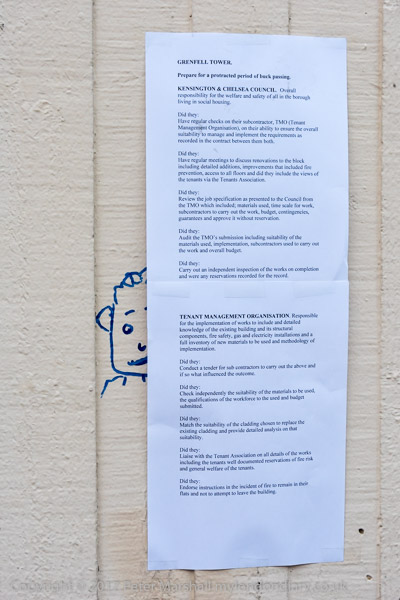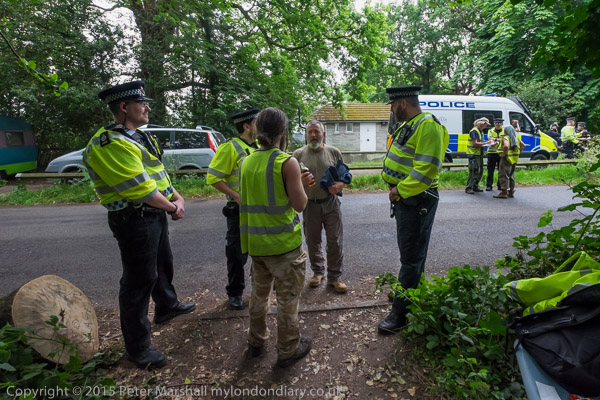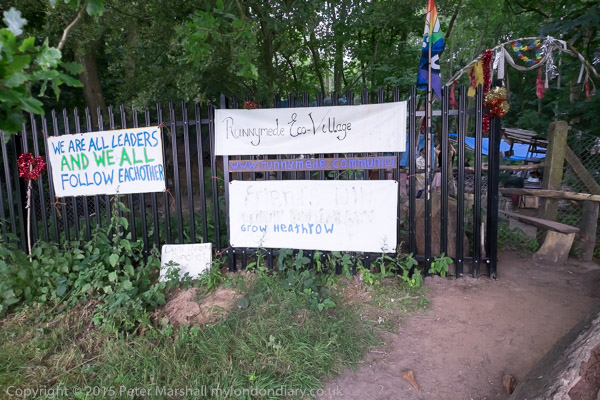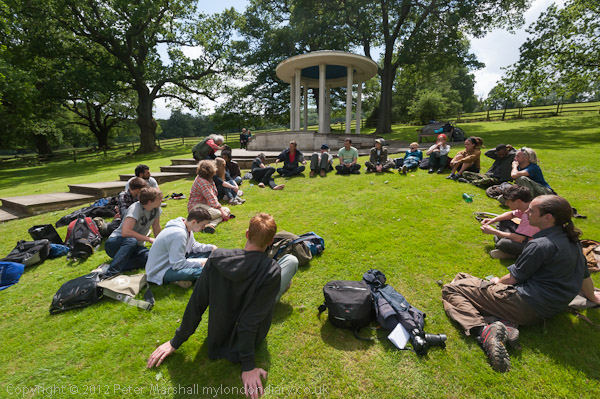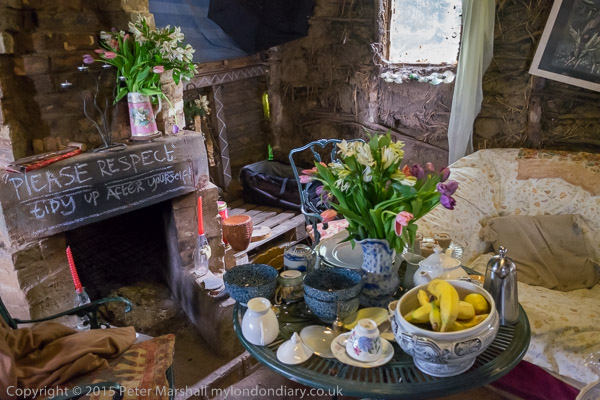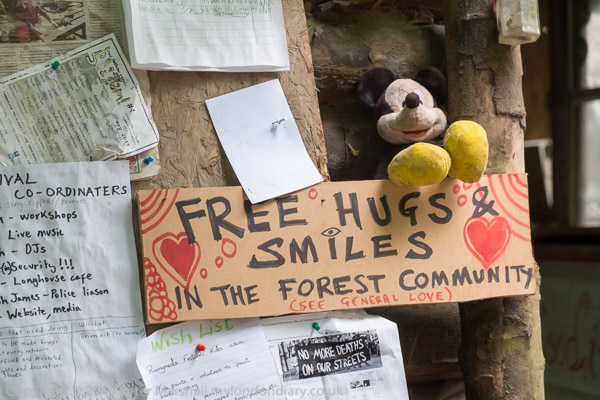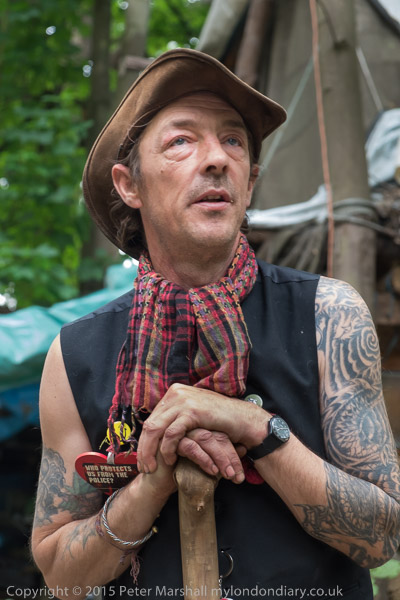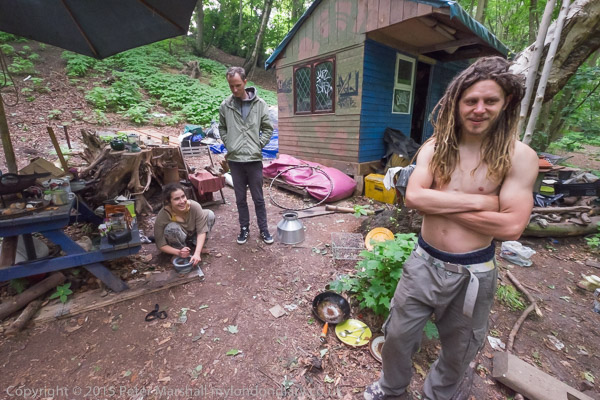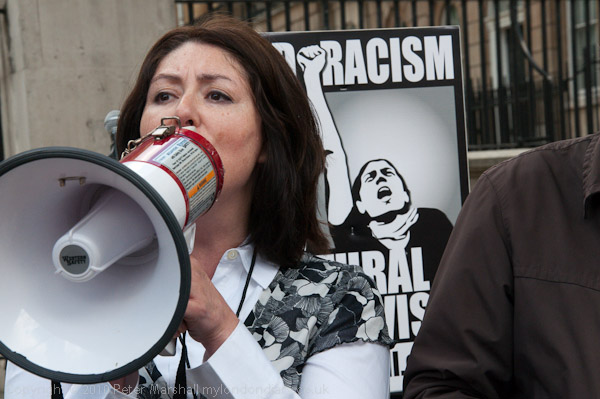
Islam is now the UK’s second largest religion, with 2018 Office of National Statistics figures for Great Britain of 3,372,966, around 5.2% of the population, still considerably lower than the 36 million who declared themselves Christian in the 2011 census.
Along with the rise in numbers we have also seen a dramatic rise in Islamophobia, partly driven by the exploitation of the fear and hate against the terrorism of small groups of extremists here as well as in the US and France, and more recently by the rise of ISIS in Syria – where many of those who fought against and defeated ISIS there were also Muslims.
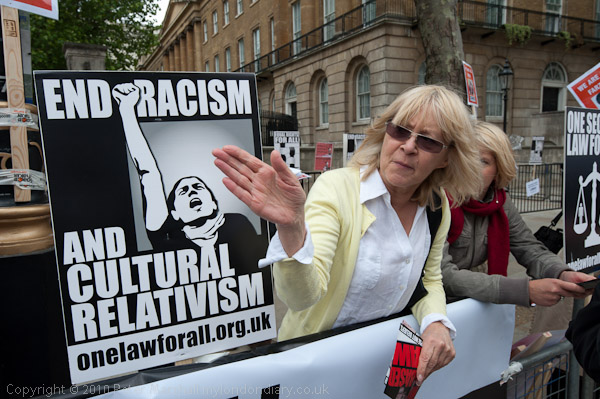
The ‘Prevent’ strategy introduced by the Labour Government after the London bombings as an aspect of counter-terrorism was essentially aimed at de-radicalising young Muslims through community-based programmes. It stigmatised the entire Muslim community – and did so at a time when extreme right-wing organisations were growing strongly and provoking racial tensions, and removed any real attention from their illegal behaviour – and the terrorist threat they posed.
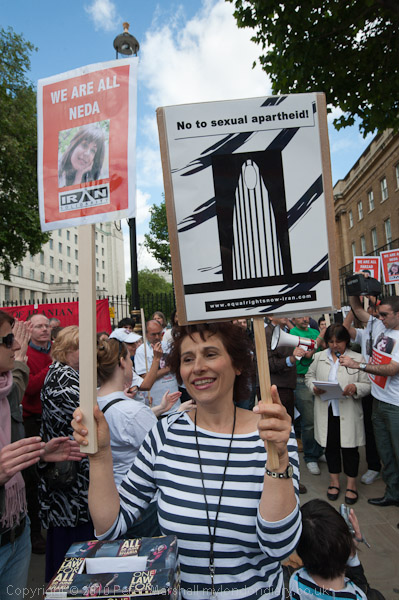
The coalition government changed ‘Prevent’ radically. No longer was it concerned with attempts to promote integration though community programmes but shifted to a police-led system to indentify individuals who might be vulnerable to ‘radicalisation’ and to provide intervention packages for them. Unfortunately there seem to be no reliable indicators of such vulnerability.
The 2015 Counter-Terrorism and Security Act (CTSA) made it a legal duty for “teachers, doctors, social workers and others to monitor and report people they consider vulnerable to extremism, embedding discrimination in public services.” As https://www.libertyhumanrights.org.uk/fundamental/prevent/ Liberty point out, “The definition of extremism under Prevent is so wide that thousands of people are being swept up by it – including children engaging in innocuous conduct, people protesting climate change, and a nurse who began wearing a hijab.” They say the Prevent duty must be scrapped.
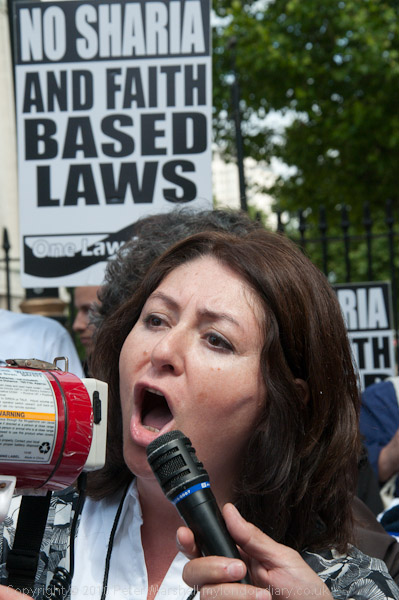
One Law for All, a campaigning organisation against religious based laws and in defence of equality and secularism, and in particular calling on the UK government to put an end to all Sharia courts and religious tribunals, and had organised a rally opposite Downing St om Sunday 20th June 2010.
Although the Church of England’s courts are now restricted to matters inside the church, courts based on Islamic Sharia Law and Jewish Beth Din courts still have official recognition as arbitration tribunals, particularly related to marriage. The Jewish courts work under the principle that “the law of the land is the law”, giving precedence to English law, but this is not always the case with Sharia courts.
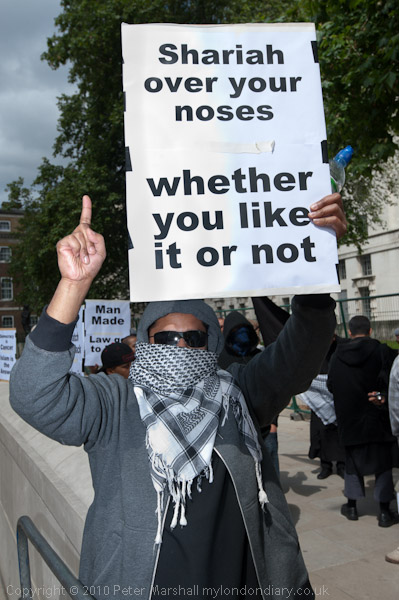
A small group of Muslims dressed in black with a very powerful public address system had come to oppose the One Law for All protest. The claimed to be ‘Muslims Against the Crusades’ or ‘Muslims Against Crusaders’, a group widely thought to be a reincarnation of the banned ‘Islam4UK’ (itself a relaunch of the banned Al-Muhajiroun.)
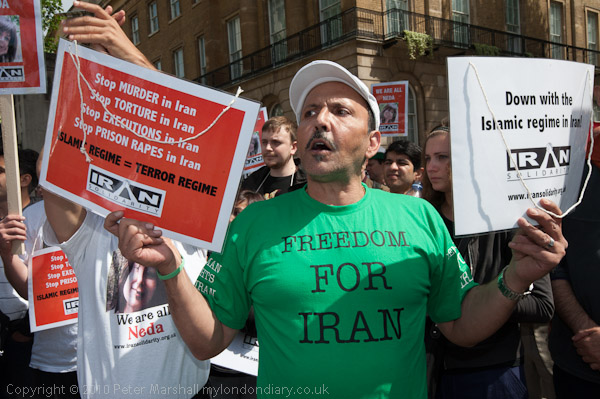
Maryam Namazie of One Law for All made clear they were not anti-Muslim:
“The battle against Sharia law is a battle against Islamism not Muslims, immigrants and people living under Sharia law here or elsewhere. So it is very apt for the Islamists to hold a counter-demonstration against our rally. This is where the real battleground lies. Anyone wanting to defend universal rights, secularism and a life worthy of the 21st century must join us now in order to push back the Islamists as well as fringe far Right groups like the English Defence League and the British National Party that aims to scapegoat and blame many of our citizens for Islamism.”
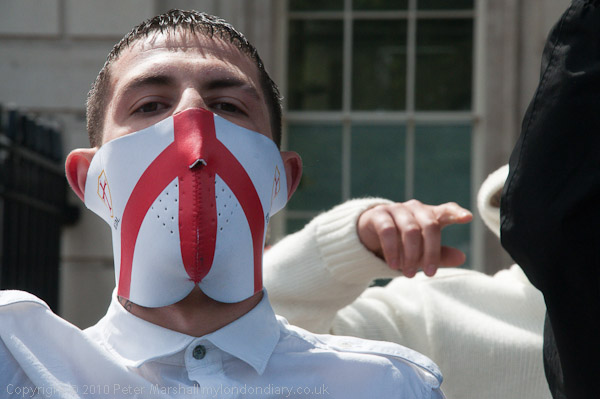
And around 20 members of that fringe right-wing group the EDL were there to protest against the Muslims.
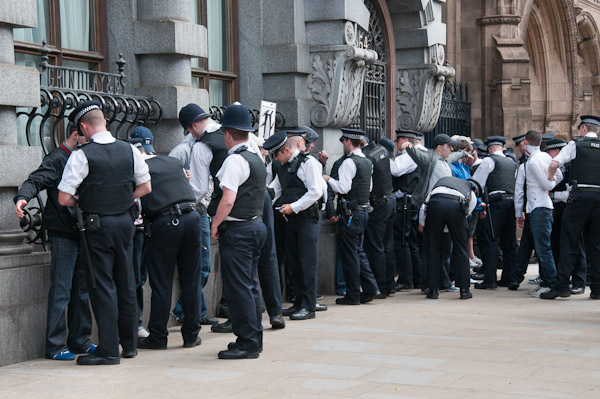
After a while police took them to one side and searched them, threatening me with arrest when I went to take pictures, before leading them away.
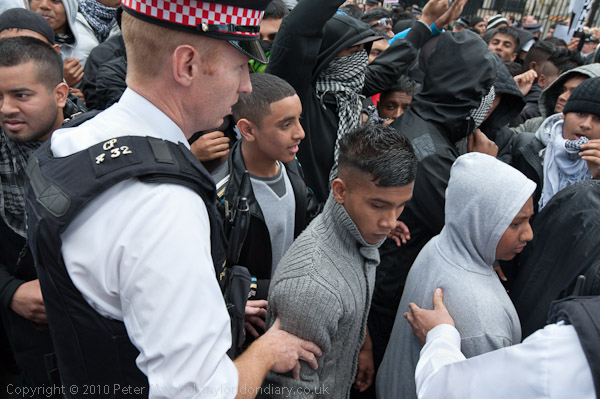
Half an hour later several hundred young British Asians arrived from a rally in Whitechapel against the EDL – but they were too late to confront them as the EDL had already been removed by police.
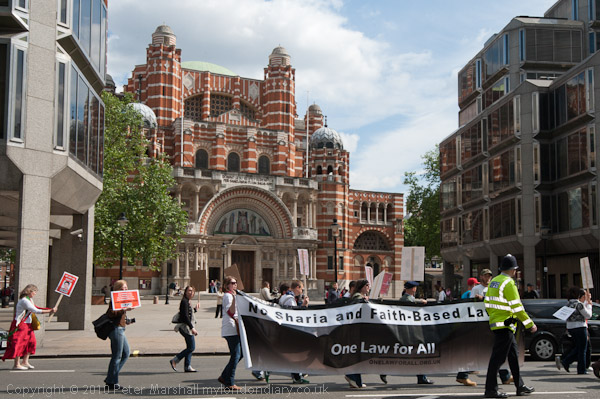
Soon the One Law for All rally ended and they marched off towards the Iranian Embassy in Kensington. I walked with them to Victoria and then went home.
UAF Arrive to Oppose EDL
EDL Oppose Muslims Against Crusades
Muslim Crusaders For Sharia
No Sharia – One Law For All
